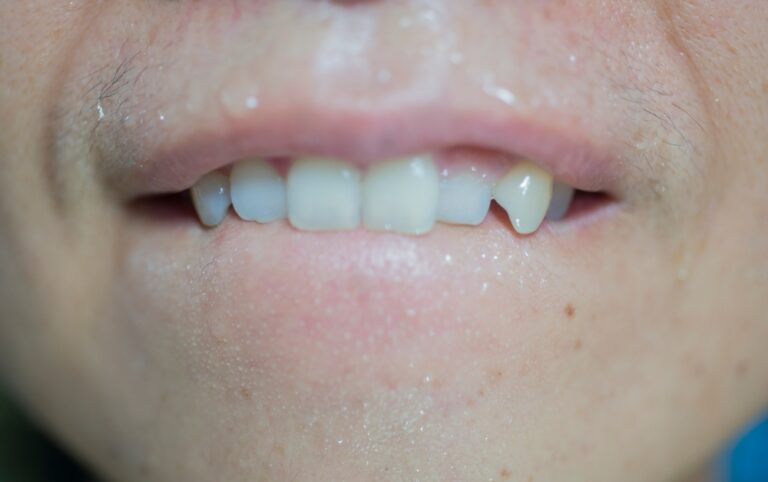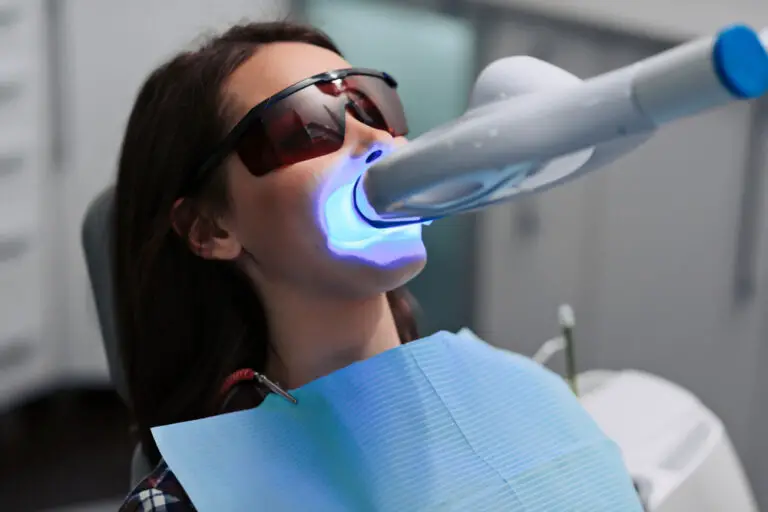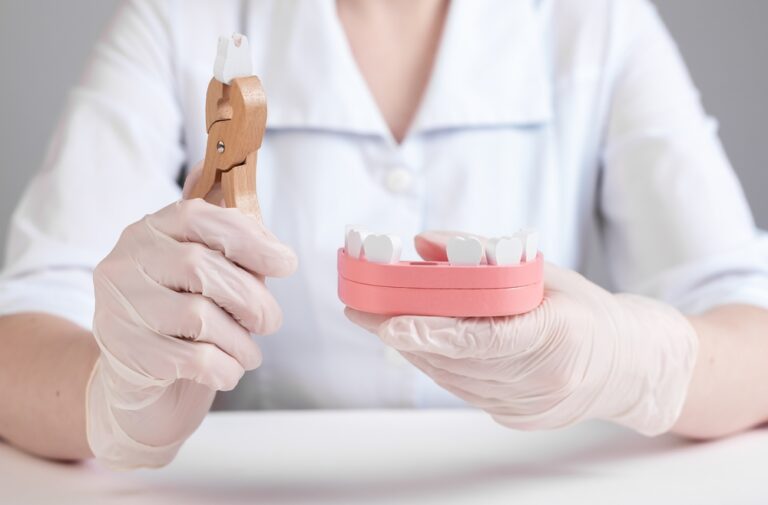Tooth bone loss, also known as periodontal disease, is a common condition that affects many adults. It occurs when the bone that supports the teeth is lost, leading to loose or detached teeth. While tooth bone loss cannot be reversed, there are several treatment options available to help stop its progression and regenerate some of the lost bone. This article will discuss the causes of tooth bone loss, symptoms to watch for, and both nonsurgical and surgical treatment approaches.
Causes of Tooth Bone Loss
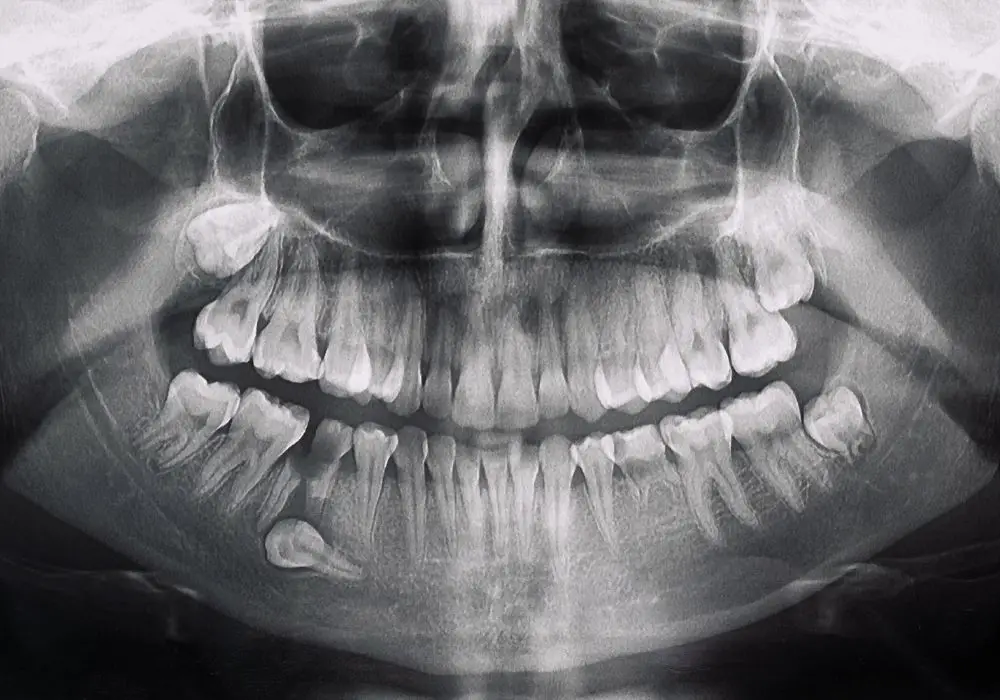
Tooth bone loss is typically caused by poor oral hygiene that allows plaque – a sticky film of bacteria – to build up on the teeth. Plaque that is not removed hardens into tartar that irritates the gums and causes inflammation. With persistent inflammation, the bone that holds the teeth in place begins to break down and resorb.
Several factors can increase the risk of developing tooth bone loss:
- Poor oral hygiene – Not brushing and flossing regularly allows plaque to accumulate.
- Smoking – Chemicals in tobacco smoke can irritate gum tissues.
- Diabetes – High blood sugar levels make gum infection more likely.
- Medications – Some drugs cause dry mouth or gum overgrowth.
- Crooked teeth – Teeth that are crowded or uneven can be hard to keep clean.
- Grinding or clenching teeth – This puts excessive force on teeth and bones.
- Age – Tooth bone loss becomes more common with increasing age.
- Genetics – Some people are more susceptible to gum disease.
Symptoms of Tooth Bone Loss
The early signs of tooth bone loss are usually inflammation and bleeding of the gums. As it progresses, symptoms may include:
- Red, swollen, or tender gums
- Gums that bleed easily when brushing or flossing
- Gums that have pulled away from the teeth
- Pus between the teeth and gums
- Persistent bad breath
- Loose or separating teeth
- Changes in the way teeth fit together when biting
- Teeth that look longer due to gum recession
If any of these symptoms are noticed, it is important to see a dentist for an evaluation. The sooner treatment begins, the better the chances of preventing further bone loss.
Nonsurgical Treatment Options
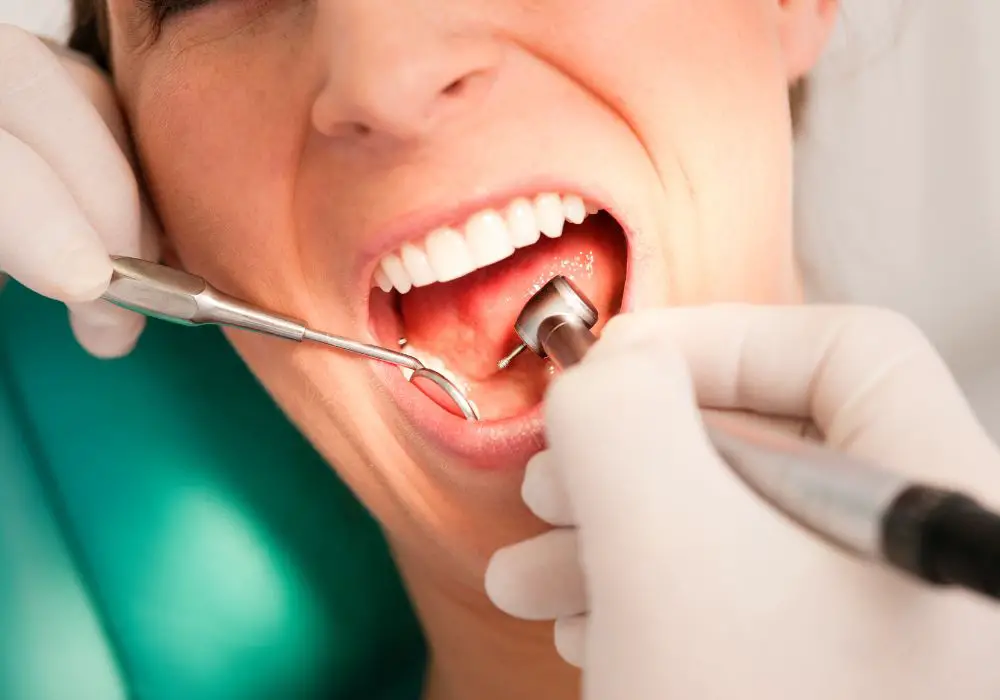
For mild to moderate tooth bone loss, nonsurgical treatments are usually tried first. The goals are to remove bacteria and tartar from the teeth and gums, reduce inflammation, and stop disease progression. Common nonsurgical approaches include:
Professional Cleanings
Regular cleanings and scaling at the dentist help remove built-up calculus (hardened plaque) and bacteria above and below the gumline. Thorough cleanings may need to be done more frequently than usual appointments (such as every 3 months) to better control the disease.
Medicated Rinses
Prescription antimicrobial mouthrinses with ingredients like chlorhexidine or essential oils can decrease gum inflammation and bacterial growth between dental visits. Using rinses twice daily provides antibacterial benefits.
Antibiotics
For some cases of aggressive or rapidly progressing bone loss, antibiotics may be prescribed to eliminate bacteria from hard to reach areas. Common choices are doxycycline, clindamycin, or amoxicillin. Antibiotics are typically used short term in combination with other treatments.
Laser Therapy
Using specialized lasers can remove plaque and calculus deposits without damaging gum tissues or tooth surfaces. Laser energy also has antibacterial effects. Multiple sessions may be needed but it is a relatively comfortable treatment.
Topical Gels
Gels containing chlorhexidine chips or antibiotic microspheres can be injected between teeth and gums. As the medication is slowly released, it helps control bacteria and inflammation. Results may last a few months before reapplication is needed.
Surgical Treatment Options
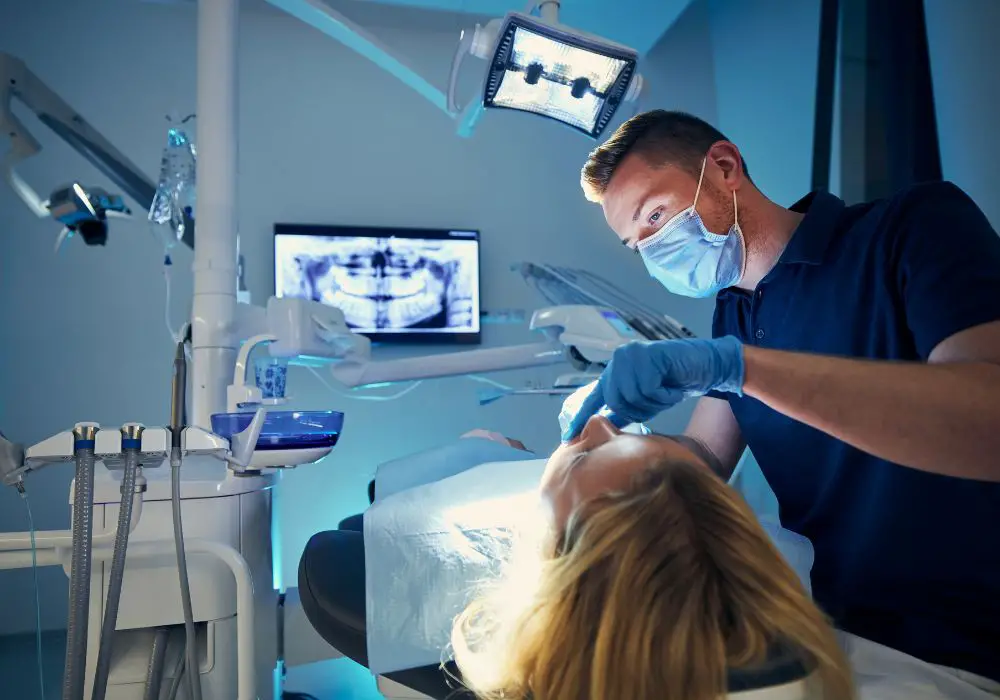
If nonsurgical treatment fails to halt the progression of gum disease, periodontal surgery may be recommended. Surgical treatments aim to stop bone loss and ideally promote some regrowth of lost bone. Common procedures include:
Flap Surgery
In flap surgery, the gums are lifted back and the tooth roots are thoroughly cleaned of bacterial plaque and tartar. Damaged bone may be reshaped or smoothed. The gums are then sutured back into place. Healing and regrowth of attachment between the tooth and bone can then take place.
Bone Grafts
A bone graft involves transplanting bone from elsewhere in the mouth or synthetic bone material into areas where bone has eroded. This provides a scaffold for new bone cells to regrow and replenish lost support for teeth.
Guided Tissue Regeneration
This technique uses small membranes inserted between the gum and tooth. It prevents gum cells from rapidly growing into areas where bone should reform. Space is created for selective regeneration of bone, ligaments, and attachment fibers.
Soft Tissue Grafts
When gum recession occurs, soft tissue from the roof of the mouth can be transplanted to cover exposed tooth roots. This improves gumline appearance, protects tooth roots, and reduces sensitivity. It also allows for better oral hygiene.
Dental Implants
If tooth loss occurs due to severe bone deterioration, dental implants may be an option. Metal screws are surgically embedded into the jawbone to serve as tooth root substitutes. They provide stable support for artificial teeth where bone was missing.
Frequently Asked Questions
What are the signs I may have tooth bone loss?
Symptoms to watch for are red, swollen, bleeding gums, bad breath, painful chewing, loose teeth, or teeth that look longer than before. These indicate possible gum inflammation and bone loss. It’s important to see a dentist promptly if any of these are noticed.
Can receding gums grow back?
Unfortunately, receding gums do not grow back on their own once bone loss occurs. However, there are gum grafting techniques that can restore lost gum tissue for both functional and cosmetic reasons. Stopping disease progression with thorough dental cleanings and plaque removal is key.
What happens if gum disease is left untreated?
Without treatment, gum disease will steadily worsen and continue destroying bone around teeth. This can ultimately lead to tooth loss. Evidence also links persistent oral infections to an increased risk of other health issues like heart disease, diabetes complications, or respiratory infections. Treating gum disease protects both oral health and overall well-being.
Can I reverse early gum disease at home?
In the early stages, it may be possible to halt gum disease using excellent oral hygiene. Brush thoroughly twice daily, floss at least once daily, use medicated mouthrinses, and schedule professional cleanings every 3 to 4 months. However, more advanced disease requires professional treatment beyond at-home care.
How long do treatments for gum disease last?
Most nonsurgical treatments like scaling and root planing provide benefits for 3-6 months before gum inflammation returns and treatment needs to be repeated. For surgical options like bone grafts or tissue regeneration, the benefits are often longer lasting but regular dental visits are still needed to monitor for disease recurrence.
Properly managing tooth bone loss requires a combination of professional dental treatment and ongoing attention to oral hygiene at home. While bone loss itself cannot be reversed, its progression can be halted and prevented from worsening. Both nonsurgical and surgical treatment approaches aim to stabilize gum disease and preserve the supporting bones. With early intervention, tooth bone loss can often be well controlled. Working closely with a dental professional provides the best chance of successfully managing this common condition.

